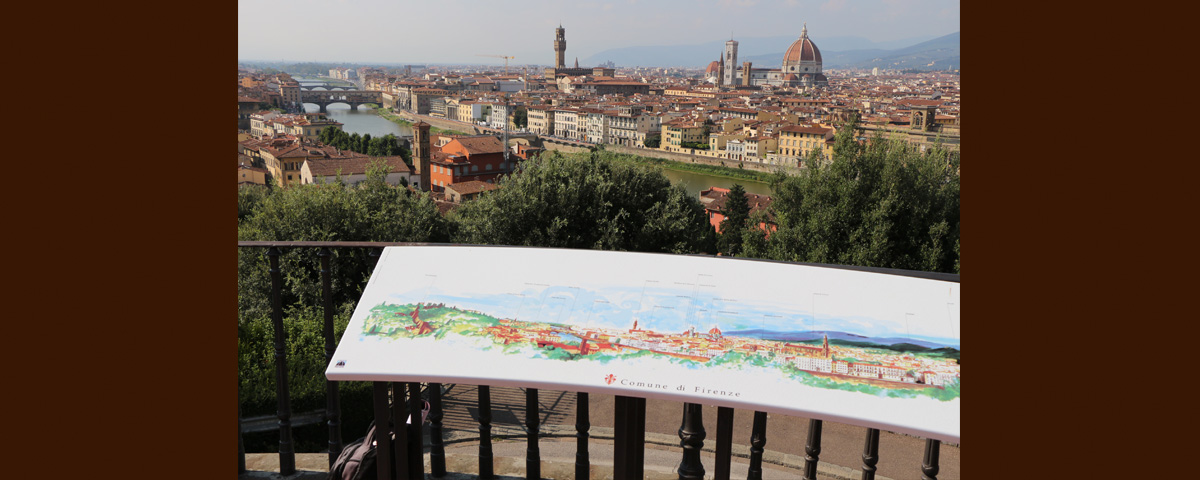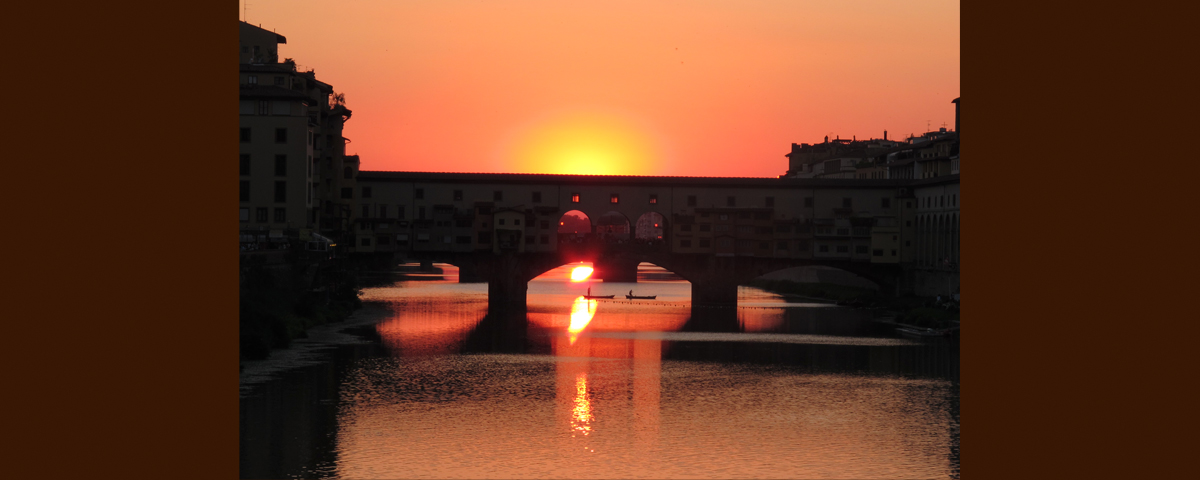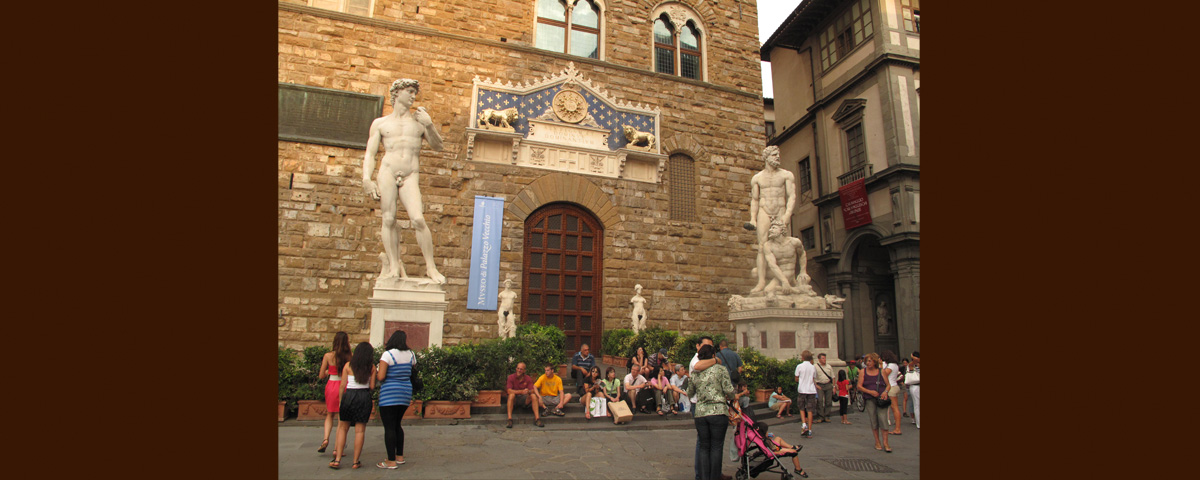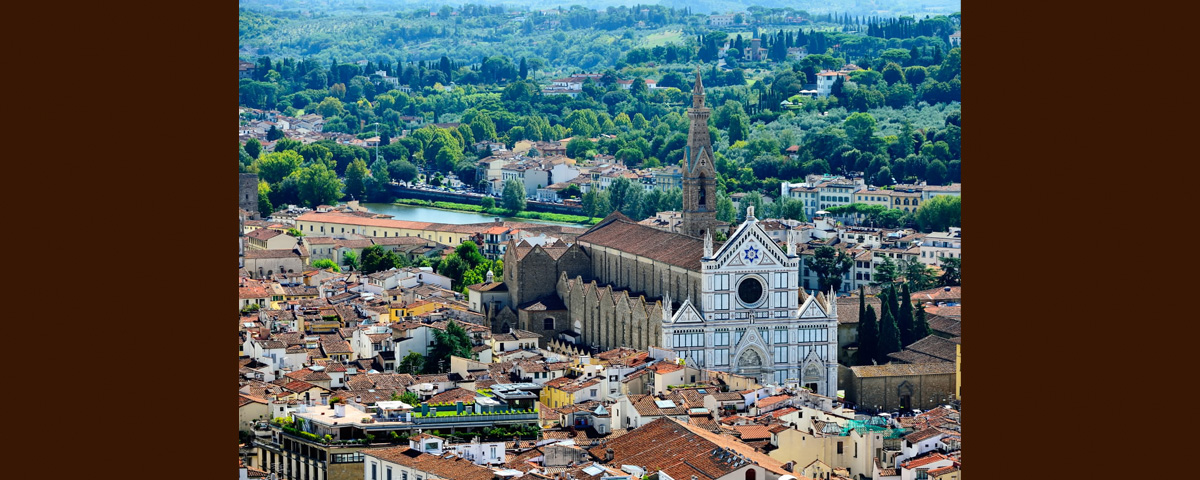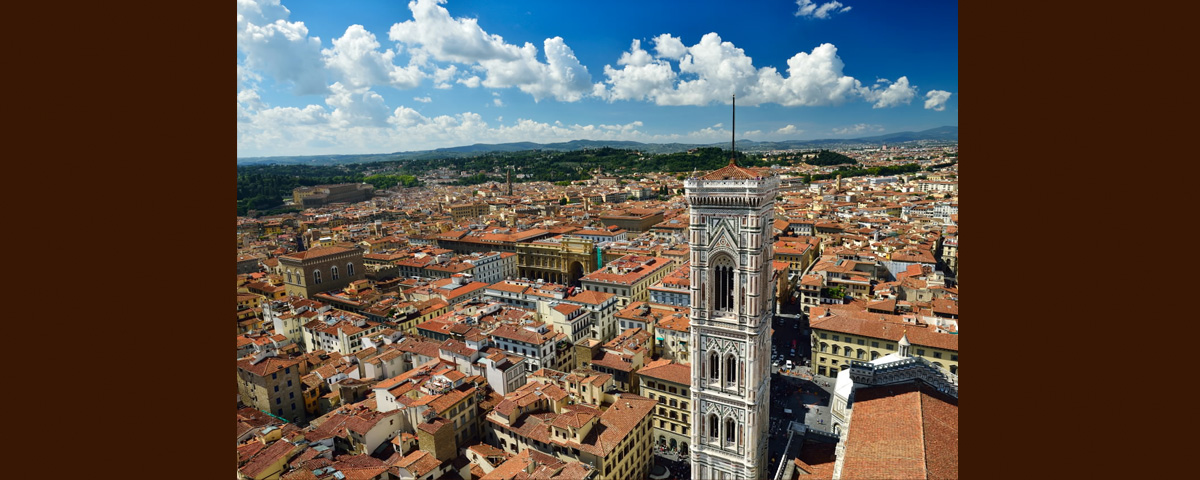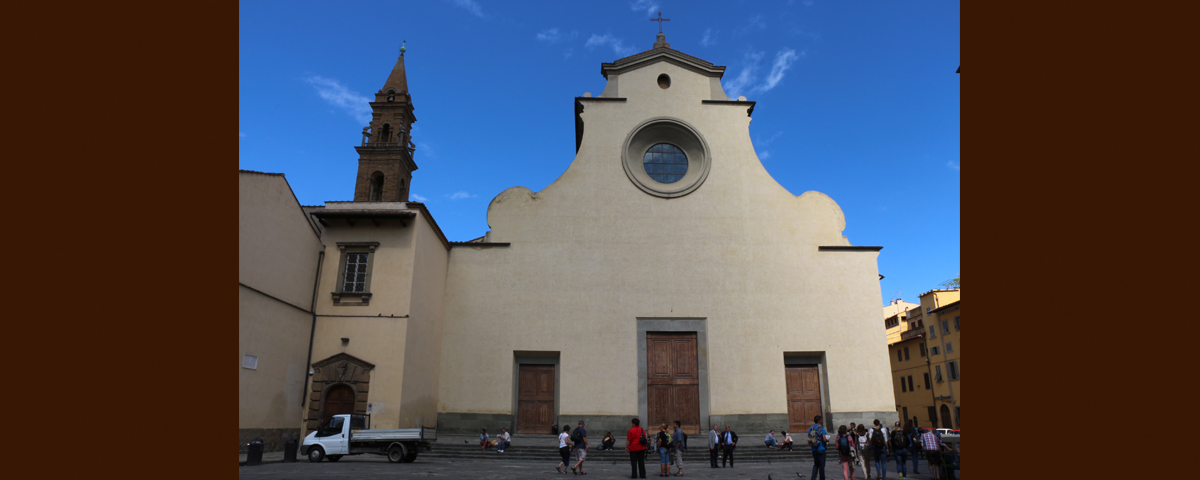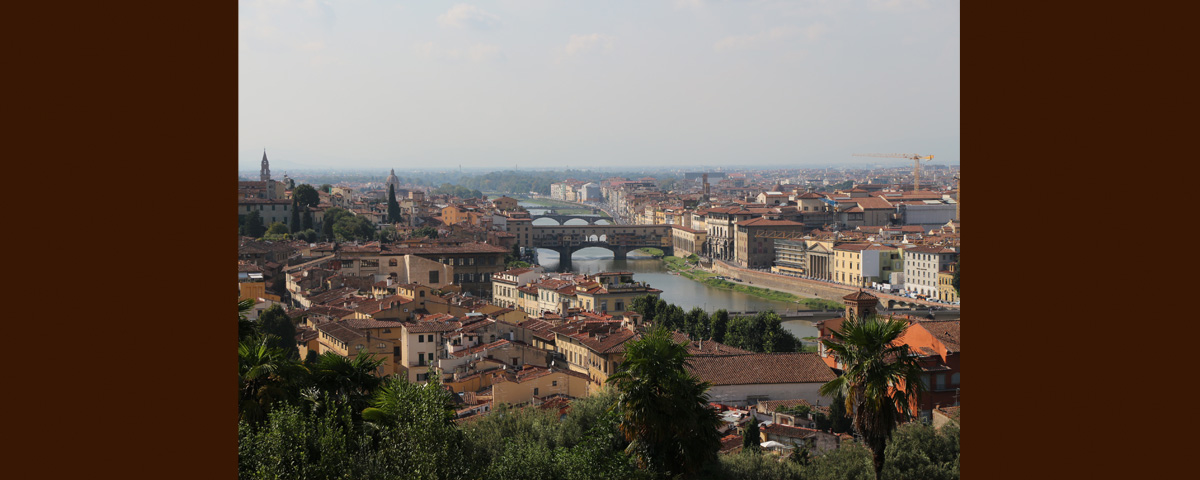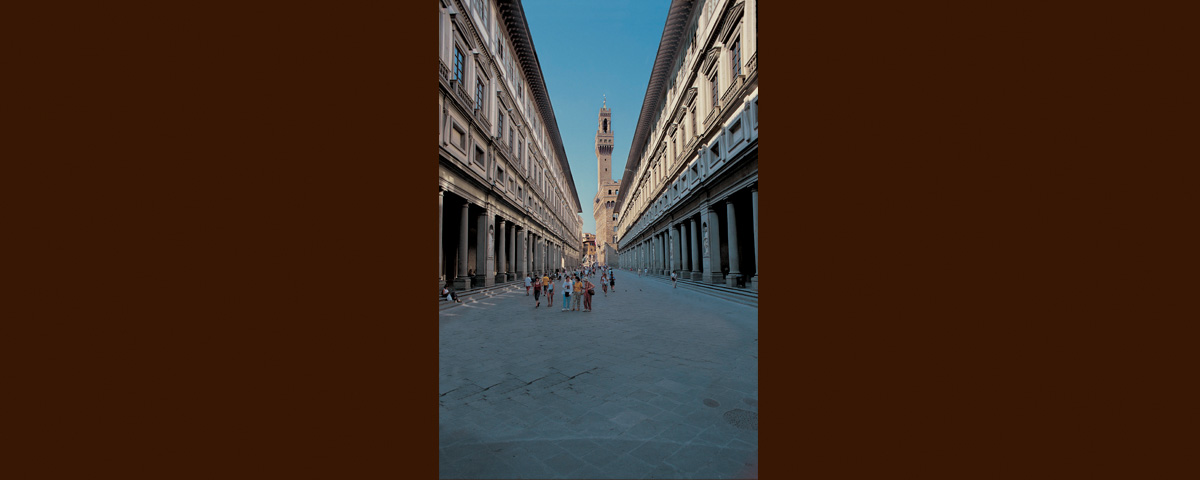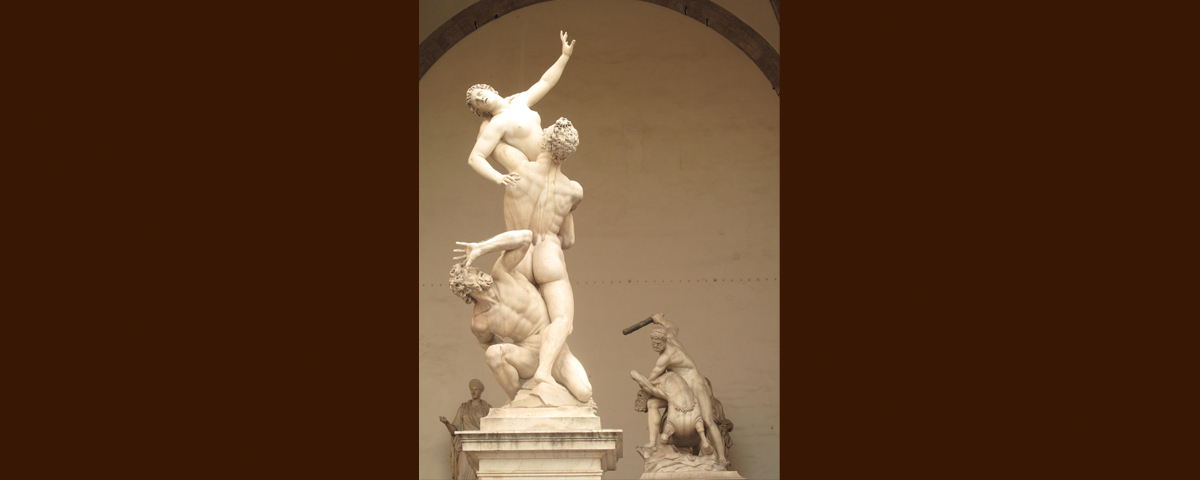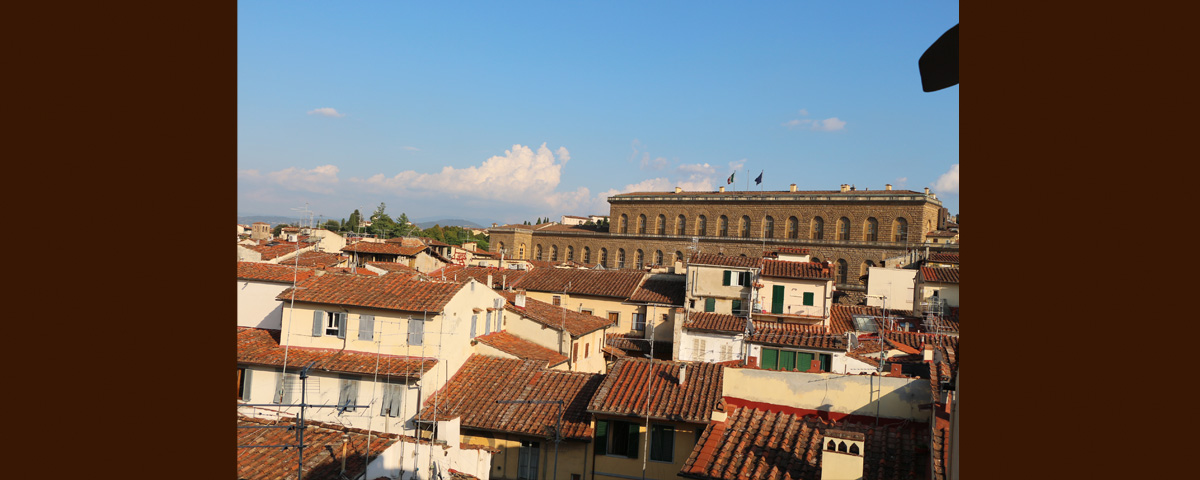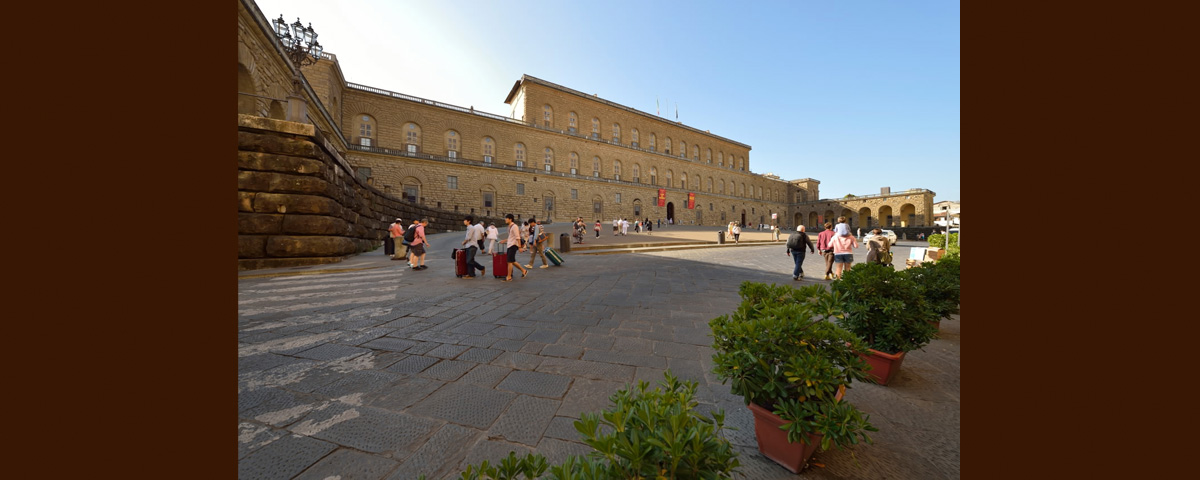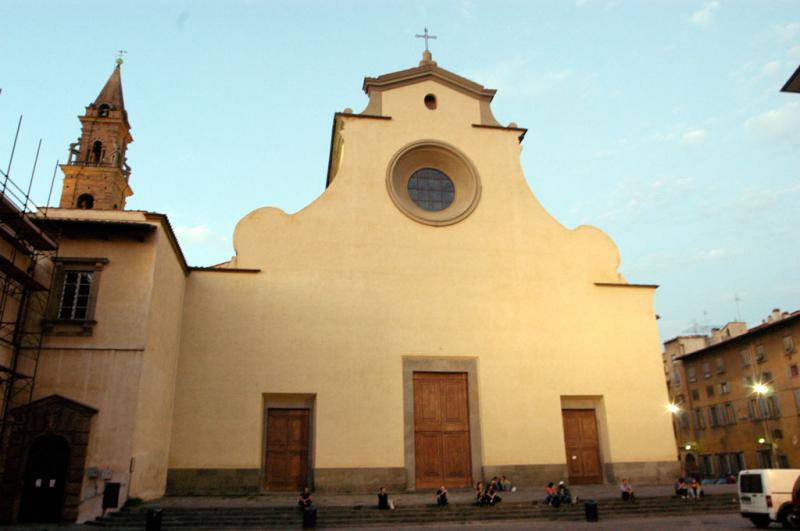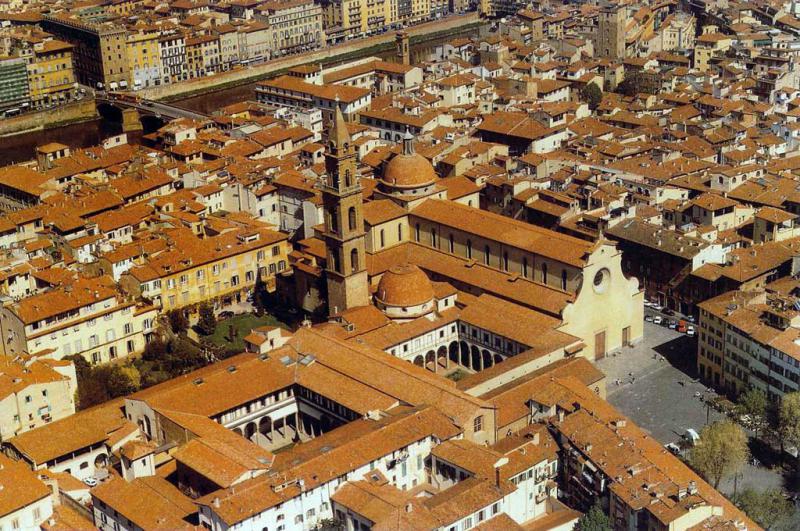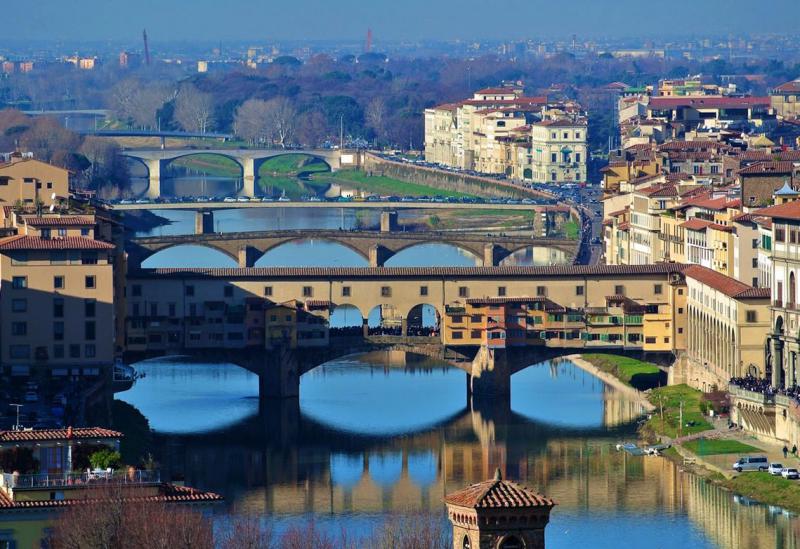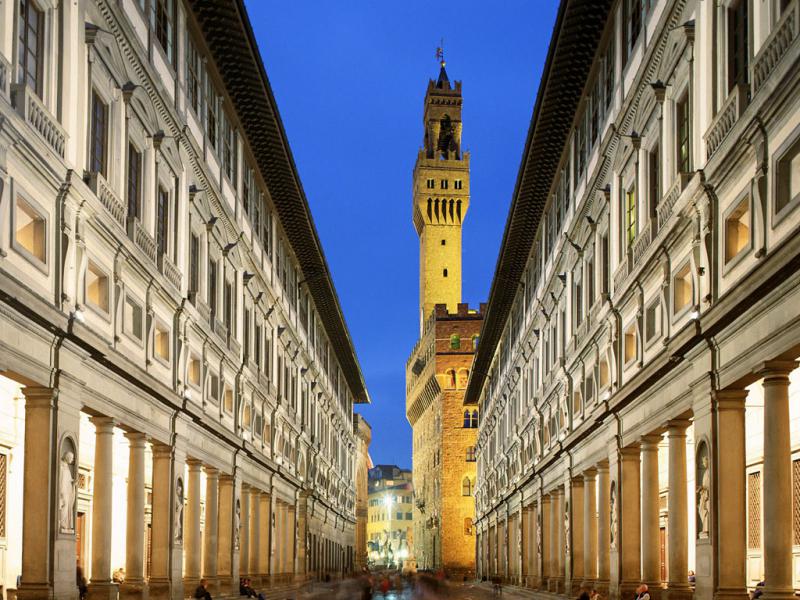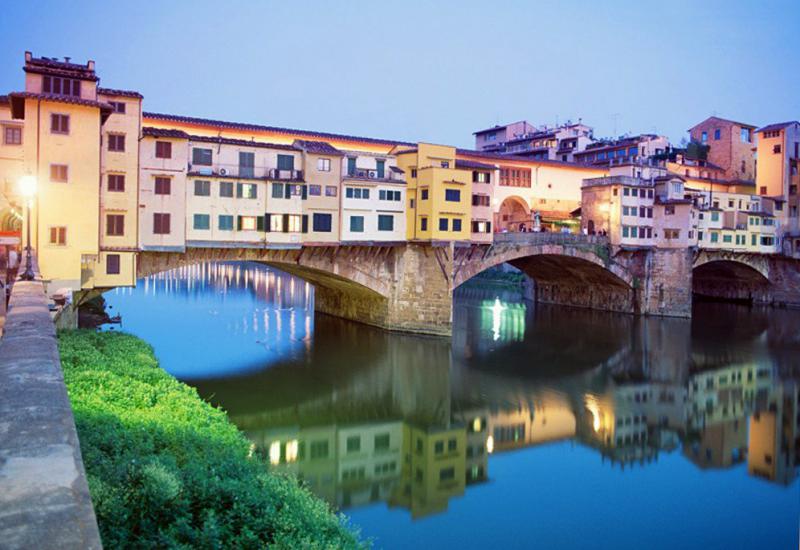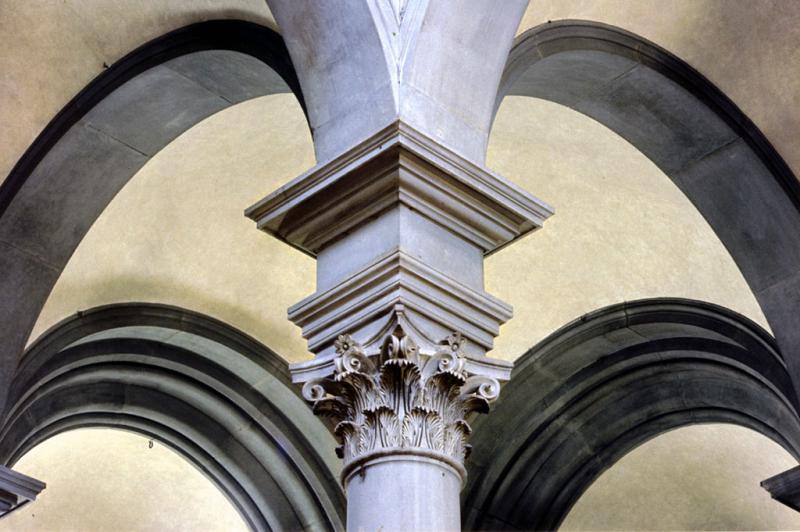Florence, looking for a new Renaissance
Of Florence, of its history and of its art we
have already spoken at great length in the introduction. It is perhaps true
that “a picture paints a thousand words”, and so, in this first chapter of the
book, dedicated to the city, we will let the images themselves recount
Florence. These images may well be rather distant from everyday reality,
memories of a past which no longer exists and which will not return, but it is
perhaps precisely this that allows them to capture the essence of the great
vision the geniuses of the Renaissance had of Man, of Art and of Architecture.
Like other great cities which at the height
of their economic power also reach the height of the development of thought and
of the arts, and which in that particular historical moment and only then,
become a point of reference for all of humanity, thus Florence, at the end of
the fifteenth and the beginning of the sixteenth century, found itself the
capital of the world. It was the same for Athens and Rome, and more recently
for Vienna, Paris, London and today is thus for New York. Inevitably, however,
every rise is followed by a fall.
Of Florence, of its history and of its art we have already spoken at great length in the introduction. It is perhaps true that “a picture paints a thousand words”, and so, in this first chapter of the book, dedicated to the city, we will let the images themselves recount Florence. These images may well be rather distant from everyday reality, memories of a past which no longer exists and which will not return, but it is perhaps precisely this that allows them to capture the essence of the great vision the geniuses of the Renaissance had of Man, of Art and of Architecture.
Like other great cities which at the height of their economic power also reach the height of the development of thought and of the arts, and which in that particular historical moment and only then, become a point of reference for all of humanity, thus Florence, at the end of the fifteenth and the beginning of the sixteenth century, found itself the capital of the world. It was the same for Athens and Rome, and more recently for Vienna, Paris, London and today is thus for New York. Inevitably, however, every rise is followed by a fall.

